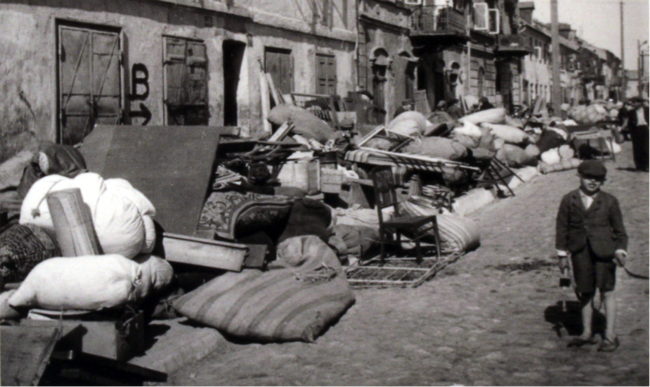Historian Julia Werner discovered this set of photos in the Jewish Museum in Rendsburg, Germany, and they constitute one of the only visual records we have of the construction of an open-air ghetto. Taken on June 16, 1940, by German soldier Wilhelm Hansen, the 83 images (a selection of which can be seen below) track the forced movement of the Jewish population of Kutno, Poland, from their homes to the grounds of an abandoned sugar factory, where they were ordered to set up camp.
“No other sources allow us to talk about the ghettoization in such detail: horse carts, people waiting, the large amounts of things, belongings, furniture, etc. that people were able to take to the ghetto in that particular case,” Werner writes in an extended summary of the photographs’ context on the website of the University of Southern California’s Shoah Foundation Institute for Visual History and Education. The photos also show “the desperate situation on the premises of the sugar factory at the end of the day, when around 7000 people were basically just left alone there with their belongings.”
When Hansen took these photos, he was a soldier in the Wehrmacht; a year later, he applied for, and was accepted to, membership in the Nazi Party. A longtime amateur photographer, Hansen appears to have made this photographic record for his own purposes, rather than in an official capacity. “Hansen basically spent all day documenting the forced move,” Werner writes. “From these photos, we can infer that Hansen moved around freely and did not try to hide his camera.”
Werner writes that there’s a major gap in the photographic record of the many forced removals of Jews during the German occupation: an almost total lack of images made by Jewish Poles. “The access to photographic means of production was very asymmetrical,” Warner observes. “Jews were not allowed to own cameras, and the use for non-Jewish Poles was strictly limited to the private sphere. The German occupiers not only disowned photo labs owned by Poles and banned Polish professional photographers from employment, but also confiscated private cameras.”
The Shoah Foundation Institute has recorded oral histories of survivors who spent time in the Kutno ghetto, which can help us understand what the Jewish perspective on this open-air camp might have been. In one such interview, Barbara Stimler remembered a spirit of cooperation among the residents of the camp, which she called “the worst place I have ever been”: “We came with nothing. But there was a sharing committee, and they gave us a bed.” In another, Gordon Klasky, a barber who later set up shop on the grounds of the sugar factory, said of the living conditions: “We put the beds close to each other … there was no place where to walk, just to lay down on the bed. … A lot of people put up like a little house you know, like the Indians have … like tents, but built from wood, and they put blankets on top … [If] it was raining, we were swimming.”
Asked how the Gestapo controlled the movements of people living in the camp, Klasky said: “I saw a Jewish fellow get shot, with my own eyes. He got too close to the wire, and the guard shot him, point blank. Never forget it.”
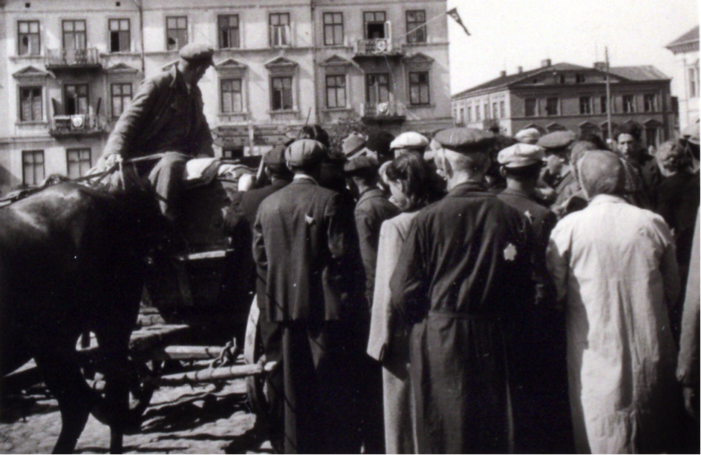
Jüdisches Museum Rendsburg in der Stiftung Schleswig-Holsteinische Landesmuseen Schloss Gottorf

Jüdisches Museum Rendsburg in der Stiftung Schleswig-Holsteinische Landesmuseen Schloss Gottorf
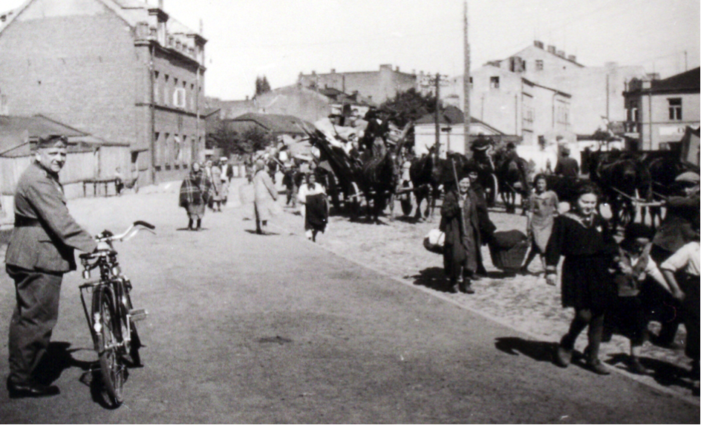
Jüdisches Museum Rendsburg in der Stiftung Schleswig-Holsteinische Landesmuseen Schloss Gottorf
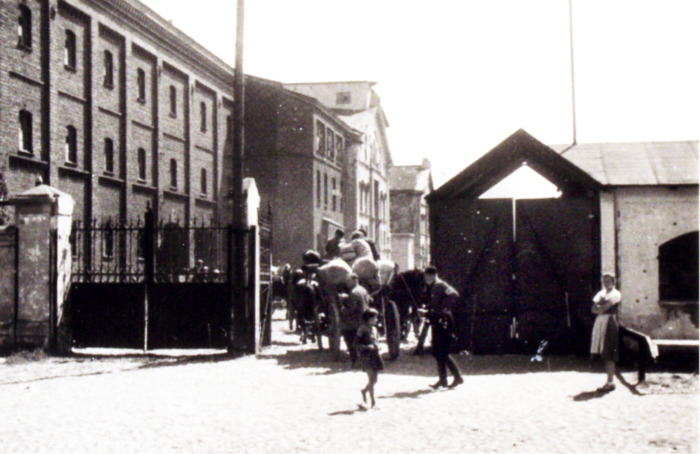
Jüdisches Museum Rendsburg in der Stiftung Schleswig-Holsteinische Landesmuseen Schloss Gottorf

Jüdisches Museum Rendsburg in der Stiftung Schleswig-Holsteinische Landesmuseen Schloss Gottorf
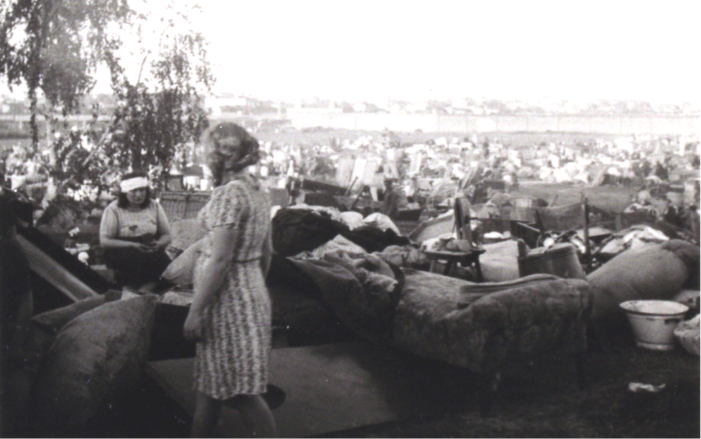
Jüdisches Museum Rendsburg in der Stiftung Schleswig-Holsteinische Landesmuseen Schloss Gottorf

Jüdisches Museum Rendsburg in der Stiftung Schleswig-Holsteinische Landesmuseen Schloss Gottorf
